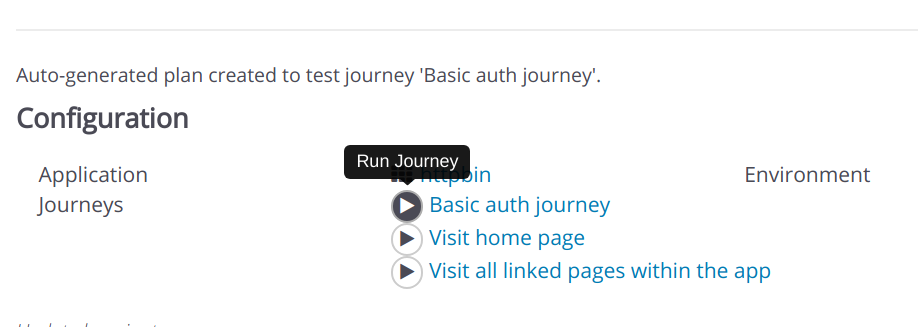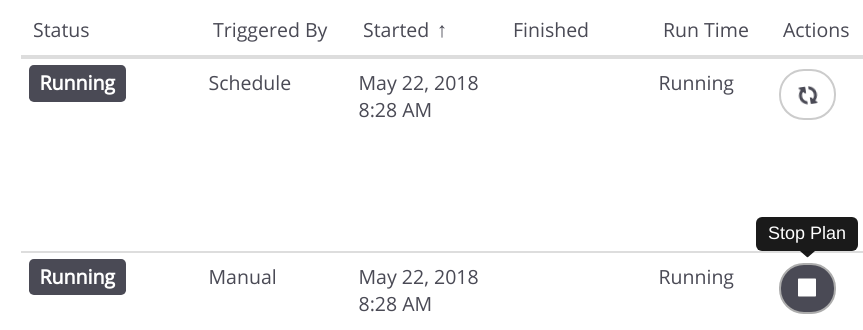Welcome to episode 2 of our new mini series, Modern Dev Talk, where you get a behind-the-scenes look at how software development is done at mabl. Our developers get to talk shop, sharing their challenges, breakthroughs, and joys of building the features they've been working on. Missed episode 1? Go to the previous episode.

This week, we're highlighting James Baldassari, a software engineer who's been working on giving users more control over the execution of journeys within plans.
Watch the video to hear how James went about decoupling journeys and plans, and how this feature was tricky to implement because it interfered with the many components of mabl, such as the data model, API layer, and execution cluster.
Read more about James' new feature below
Start and stop individual journeys and plans
Users now have more control over plan and journey execution. You can execute a single journey within a plan by clicking the run button next to the journey name on the plan details page:

Individual journeys within a plan execution can be stopped as well:

Each plan execution can be stopped too, which may be useful in the event that the plan is accidentally launched multiple times. For example, here's a plan was triggered both on schedule and manually at the same time:

Watch the video at the top of this post to hear about how James went about decoupling journeys and plans, and how this feature was tricky to implement because it interfered with the many components of mabl, such as the data model, API layer, and execution cluster. Don't forget to let us know what you want to see in this mini series in the comments below!






